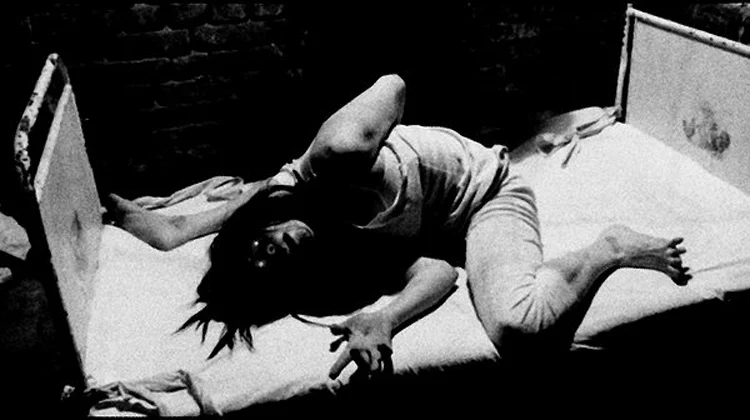If you follow me on Instagram (especially my Instagram Stories, where it ALL goes down), Twitter or Facebook, then you know that October is Filipino American History Month (FAHM) and across the nation, my fellow Pinoys and I have been celebrating, hosting events, boosting our favorite Pinoy artists, musicians, writers, and activists. The photos in this blog post are from an FAHM event at The Sidebar in Baltimore on October 18th. Why October 18th? The celebration of FAHM commemorates the first recorded presence of Filipinos in the continental United States, which occurred on October 18, 1587, when “Luzones Indios” came ashore from the Spanish galleon Nuestra Senora de Esperanza and landed at what is now Morro Bay, California. In 2009, U.S. Congress recognized October as Filipino American History Month in the United States.
Filipino American History Month wasn’t established until 1983, when the late Fred Cordova of the Filipino American National Historical Society wrote a book called Filipinos: Forgotten Asian Americans, a pictorial essay that documented the history of Filipinos in America from 1763 to 1963. He used the word “forgotten” to highlight that Filipino Americans were invisible in American history books during that time. (Kevin Nadal, Huffington Post).
Filipino Americans are the second largest Asian American group in the nation and the third largest ethnic group in California, after Latinas/os and African Americans. In 2009, U.S. Congress officially recognized October as Filipino American History Month in the United States. The month commemorates the many ways that Filipino Americans have contributed significantly to American History ― from serving in World War II to strengthening our labor movement.
Though Filipino Americans were the first Asian Americans to arrive in the U.S. in 1587 (33 years before the Pilgrims landed on Plymouth Rock in 1620), little was written about the history of the Philippines or of Filipino Americans in the U.S. So although the U.S. had a long, tenuous history with the Philippines (including the genocidal Philippine-American War, American colonization from 1899-1946, and much of World War II being fought in the Philippines), American history books have typically skipped over any mention of the Philippines. (Kevin Nadal, Huffington Post).
In addition to this, when the field of Asian American Studies emerged in the 1960s and 1970s, most literature concentrated on the experiences of East Asian Americans (particularly those of Chinese and Japanese descent). In the 1980s and 1990s, some authors wrote about how common it was for Asian American organizations to exclude Filipino Americans from leadership positions; others reported that Filipino Americans often felt marginalized or discriminated against within pan-Asian organizations. (Kevin Nadal, Huffington Post).
Decades later, scholars like Dr. Anthony Ocampo have described how many Filipino Americans often branch out to form their own ethnic organizations, or how Filipino Americans tend to form coalitions with Latino and Black communities ― with whom they sometimes feel more connected than other Asian American ethnic groups. (The Latinos of Asia)

























I usually do a write up of the events I’ve organized or hosted and my most-read articles at the end of the year. This was an unusual year (obviously, there is no need to go into it here) so I didn’t bother. Instead I want to highlight a project of mine that I am particularly proud of — it’s my new podcast show, Unverified Accounts, that I cohost with my frequent collaborators, Chris Jesu Lee and Filip Guo. If you're a big movie/TV/book buff, have leftist sympathies, but can't stand 'wokeness' dumbing down our culture, then we're the podcast for you. So far in our 25 episodes, we’ve covered a range of contentious topics.